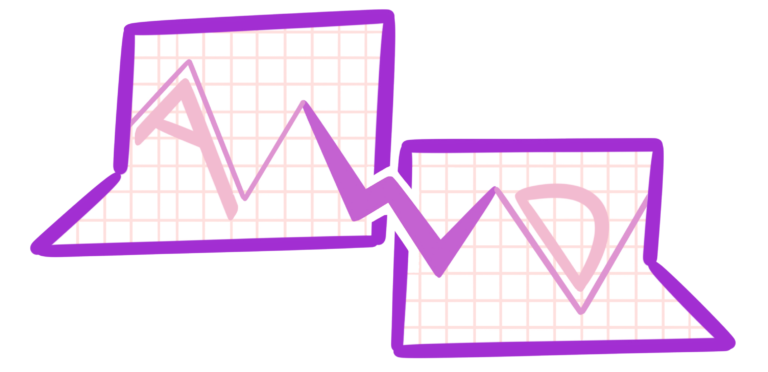ARGUING WITH DATA
Resource Library
This resource library includes curriculum and other resources for the Arguing with Data Textbook. The Quick Links section includes basics and key pieces for lesson planning and software training.
Quick Access
Arguing with Data Textbook
An introduction to statistics for activists, journalists & policymakers
Learning to use GeoGebra
This activity introduces students to making data displays in GeoGebra.
Learning to use Jamovi
This activity introduces students to data displays and single and multiple regressions in Jamovi.
Full research library
Use the filters below to search for what you need. Select “View All” to browse the full resource library.
Resource Type
Topic
Software
Data
Time
Grade Level
Height Guessing Game Activity
In this activity, students will use CODAP with a partner to guess the height of people entering a room. They will notice that the guesses improve when they are given more information. With CODAP files, download them locally, then open up CODAP. Select "open local file" as your option. This activity should take 30 minutes.
